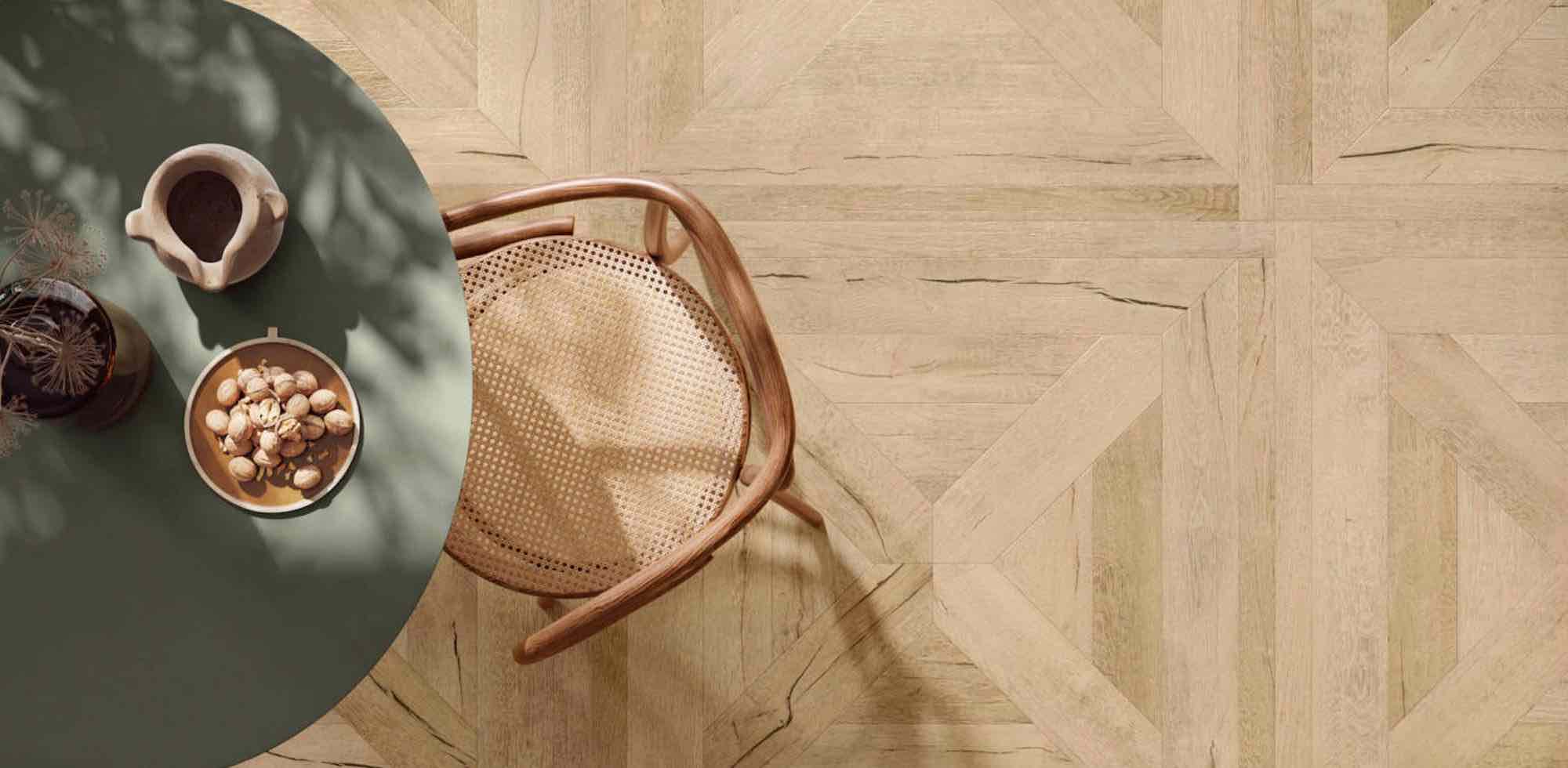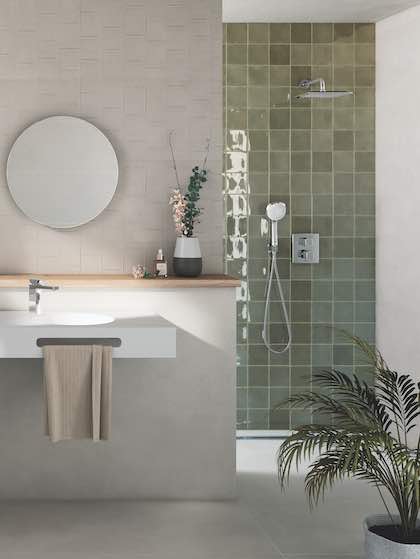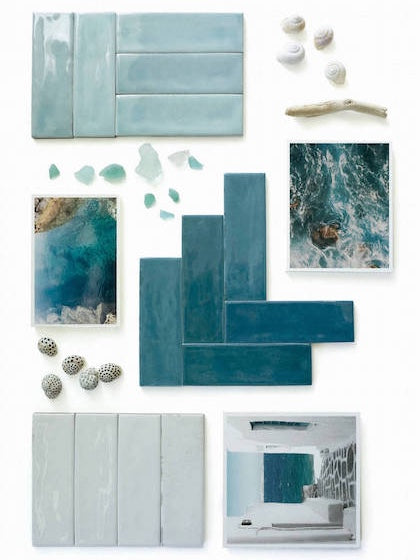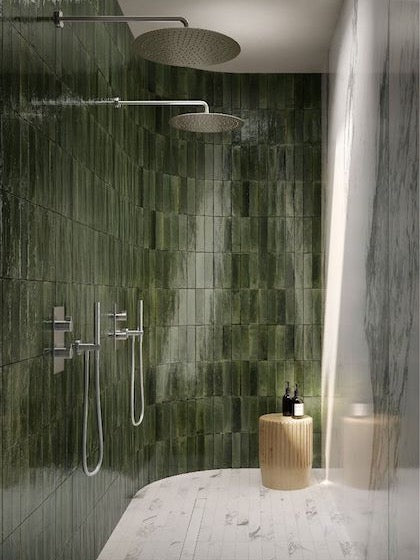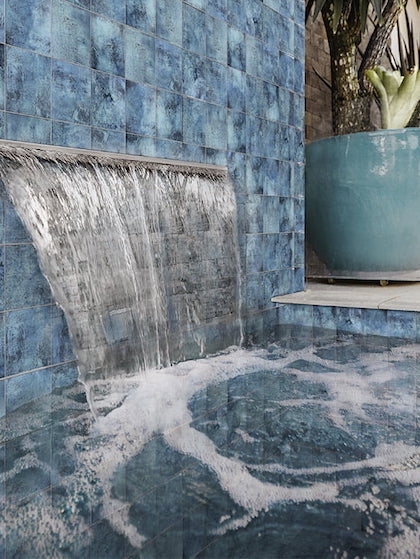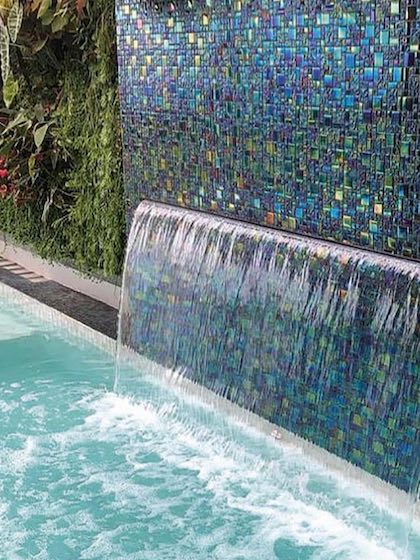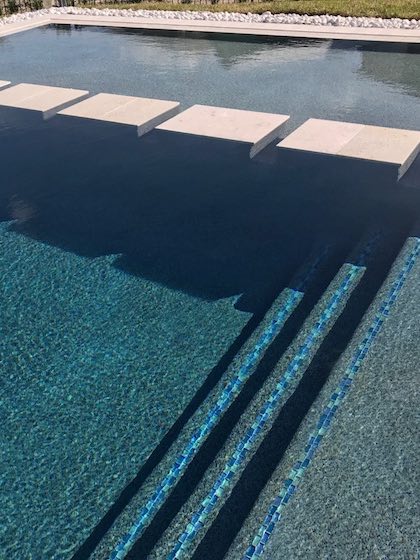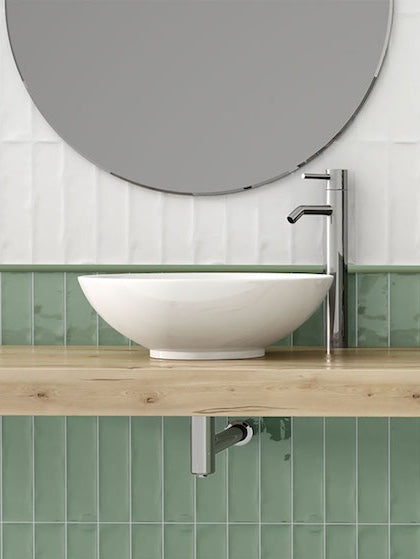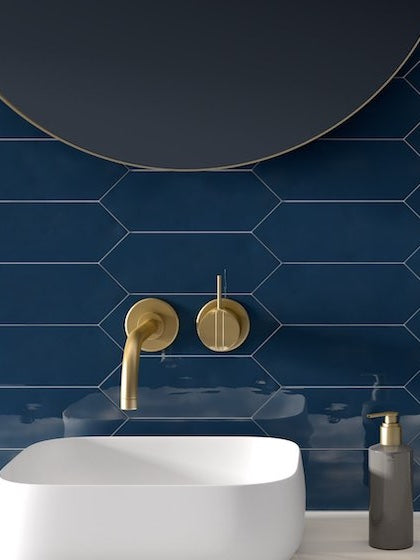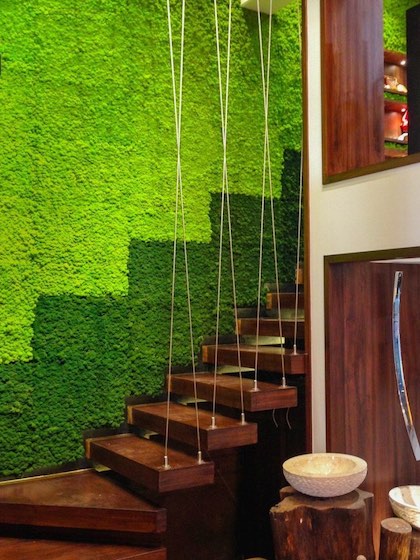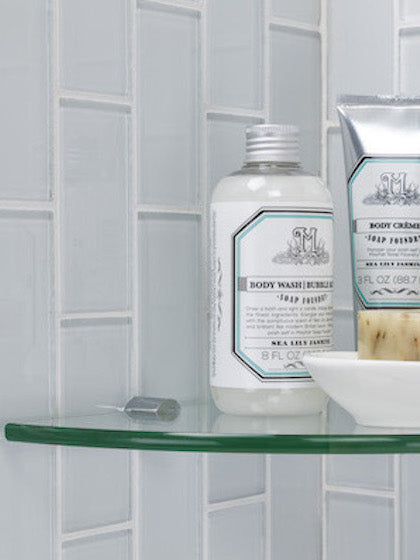Bored with the overall look and feel of your kitchen tiles? Well, kitchen backsplash tiles indeed have a major impact on the ambiance of your space. But if spending tons and tons of dollars for the renovation and repair is not what you’re looking for - it’s time to get your tiles PAINTED. Yes, it’s absolutely possible to paint your kitchen tiles. The only concern is the type of sheen and texture of the tile. Avoid painting the heavy glazed tiles and you’re good to go!
In this article, we will be discussing the step-by-step guidelines for painting the tiles along with some do’s and don’ts to know. Well, have a look!
- In your kitchens, you can paint the wall tiles and ignore painting the floor tiles for lesser durability and longevity.
- You can paint the glass, ceramic, porcelain, and natural stone tiles.
- Depending upon the type of tile, the type of paint can be determined. Yes, not every type of paint fits every type of tile.
- Painting the tiles is a short-term solution and eventually, you may need to replace the tiles in the coming years.
Step-by-Step Guideline for Painting Tiles
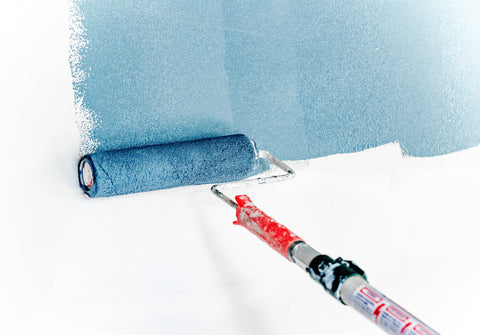
Step 1: Pick the Right Tile Paint
Choose the perfect type of paint that is suitable to be painted on the tiles. The regular wall paints aren’t effective on these tiles - hence, this is something to address early in the project. Remember, choosing the wrong paint type will result in peeling and flaking.
Step 2: Repair the Surface to be Painted
Do you have potential cracks in the tiles? Well, if so, ensure to fill them with the appropriate epoxy sealant. Paint the tile surface only when the grout is hard and the tile surface is smooth.
Step 3: Clean the Tile Surface
Ensure that the tile surface is clean and doesn’t hold any grease, dirt, or dust. Use a clean brush and oil or grease cleaner to make the painting project go smooth and easy. Painting the unclean surface will result in lesser adhering and quicker peeling.
Step 4: Sand the Tile Surface
Sanding the tile surface is as important as cleaning it. To get rid of the glossiness, it’s important to dull the surface using a sandpaper which will further allow the paint to adhere smoothly. Once the tile surface is sanded, simply wash and clean the surface and prepare for the primer.
Step 5: Apply Primer
It’s always ideal to apply a coat of primer prior to the paint for utmost durability and longevity. Even though it isn’t a compulsion, a primer can further help the coat of paint to adhere to the surface strongly. Once the surface has been ready for painting, just simply go ahead and apply that fresh coat of paint. At this time, don’t forget to paint or restrain the grout lines so they easily complement your tiles.
Painting your kitchen tiles can never be a bad idea. If you’re looking for a quick way to refresh the appearance of the kitchen, painting the tiles can be one of the best ideas to incorporate.
 Skip to content
Skip to content




